
OR
Sports injury occurs due to inadequate fitness, inability to warm up properly: Nyaupane
Published On: November 30, 2018 07:29 AM NPT By: Abhishek Subedi/ Sanjay Thapa
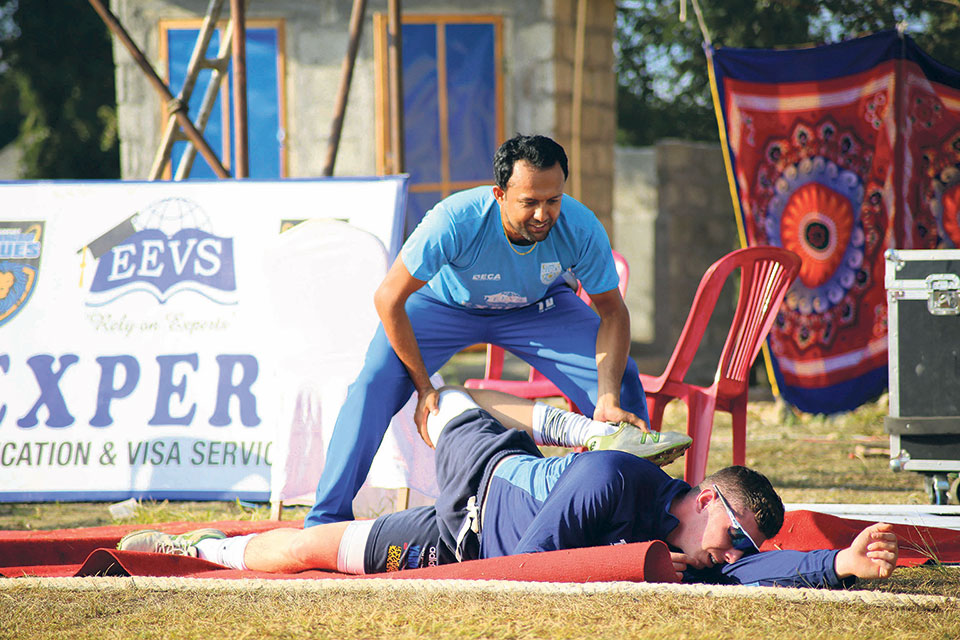
Injury is one of the major things a player always wants to avoid. But when it occurs, they want to recuperate at the earliest. To make a comeback in the match and maintain fitness, proper treatment, appropriate exercise and the proper course becomes crucial for players. And, role of a physiotherapist is always important to help a player do these key activities properly.
Republica’s Abhishek Subedi and Sanjay Thapa talked to Dr Vikram Nyaupane, physiotherapist of National Sports Council (NSC) and Nepal U-19 cricket team to discuss the points. Excerpts:
What is sports injury? How does a sports injury varies from children to adults?
A sports injury is an injury that occurs during an exercise or during the games which involve the musculoskeletal system which may include muscles, bones, and cartilage and tendon.
Children are more likely to face sports injury than adults. A child is more vulnerable due to immature reflexes and inability to recognize and evaluate risks, and underdeveloped coordination, the children are more likely to sustain injuries.
You had been to the 18th Asian Games in Indonesia. How did the treatment protocol practiced in Nepal differ from foreign physiotherapists?
There is not much difference between the treatment protocol practiced here in Nepal and in international level. But we are lacking more instrument-assisted devices, recent technology, work environment, and lack of awareness in the field of study. The lack of awareness mostly happens because there are no sports injury workshops, no libraries to study about that, and because no initiative is taken by the government of Nepal.
During the games, the endurance of our players was pretty low compared to their counterparts. Besides that, the lack of proper long-term training, the diets they are given to consume, and the pitch they are trained are not well facilitated in comparison to the foreign players.
What are the common injuries players face in Nepal?
Due to the lack of proper warm-up sessions, the players may get the injuries like ligament sprain, muscle strain, knee injuries, fracture, dislocation of the joints, tennis elbow, and concussion.
The most common injuries faced by the players are Mechanical low back pain (Spondylolysis), Rotator Cuff injury (Shoulder), Achilles tendon problem (Calf muscle strain), neck pain, Anterior Cruciate Ligament rupture (knee), and hamstring strain.
What injuries do physiotherapists focus most on the players’ treatment regime?
The physiotherapists, at first, mainly focus on the pain management. Once the pain gets subside, then depending upon the condition of the players, the physical therapists plan on the specific exercise protocol for the specific conditions or injuries. For example, if the patient complains about his/her low back pain, the first line of treatment is to check the muscle flexibility of lower limbs and spine, and then check for the Manual Muscle Testing (MMT) of each muscle.
What are the common injuries faced by cricketers and footballers?
Cricket and football are two of the most played games in the world. Both the games require plenty of running and shaking in the muscles. So, the injuries in these games are more frequent than in other games. However, the injuries in these games differ from contact games (boxing, judo, karate, among others).
The common injuries faced by the footballers in Nepal are cramp in the calf and hamstring muscles, disc bulge in the lower spine, fracture of tibia and femur joint, metatarsal fracture, bleedings, concussions, among others.
Meanwhile, there are no serious injuries in cricketers in comparison to the footballers. But, due to the lack of proper warm-up, the players mainly suffer from shoulder injuries like impingement, Rotator Cuff tear, and shoulder dislocation. But, the other injuries are almost same when we compare with the injuries to the football players.
What are the causes of sports injuries?
Any player can suffer from sports injuries once in their playing career. The injuries occur due to the weakness in the muscles, tendon, and ligaments following vigorous exercises. This happens due to inadequate fitness and the inability to warm up properly.
The lack of flexibility or proper stretching of the muscles is also a key factor of the injury. The most common causes of injuries are overtraining (excessive fatigue and inability to concentrate), overuse (repetitive strain), improper warm-up, poor technique and impact.
What is sports nutrition and what is its role in sportspersons?
Sports nutrition is the study and practice of nutrition and diet as it relates to athletic performance. It is a science that provides and maintains food necessary for health, growth and physical performance of a player.
A successful athletic performance is a combination of proper training and a sensible approach to nutrition.
With the proper consumption of carbohydrate, fat, protein, fluids, vitamins and minerals, it helps players to outstand with the injuries. With the intake of all these vitamins, iron, calcium, it helps players to develop a good immune system or antioxidant to fight against the injuries and weaknesses.
What rehabilitation process do you recommend to the players?
The rehabilitation depends upon the players’ injuries and their mental strength. The rehabilitation protocols are divided into different phases, which are early stage of treatment, middle stage of treatment and late stage of treatment (recovery stage) and the stage to return to the sports.
In the early stage, the most important thing is counseling the players and the pain management with the help of electrical instruments (Interferential Therapy, ultrasound, among others).
In the middle stage, the early stage is repeated and light mobilization and stretching is recommended to the players.
In the late stage, the second stage is repeated with the use of end range mobilization and stretching plus mild strengthening of muscles with dumbbells or theraband.
During the returning phase, the physical therapist will check all the movements and the muscle power of the player. Also, the player is asked to do the specific exercise and seen whether the pain persists.
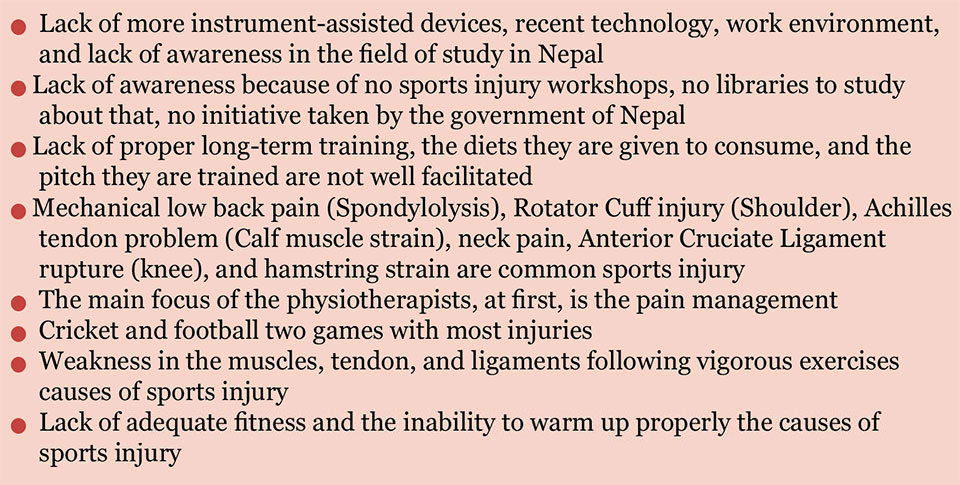
You May Like This

National cricket players honoured with Rs 500,000 cash
KATHMANDU, May 2: The Nepali cricket team, the winner of one-day and T-20 international cricket series against UAE, has been... Read More...

Bangladeshi players crowned champions
KATHMANDU, March 27: Bangladeshi players dominated the Asian Zonal 3.2 Chess Championship as GM Mollah Abdullah Al Rakib and WIM Hamid... Read More...

NSC fetes 109 players
KATHMANDU, Sept 8: National Sports Council (NSC) has felicitated 109 medalists of various international non-official tournaments held during fiscal year 2072/73... Read More...


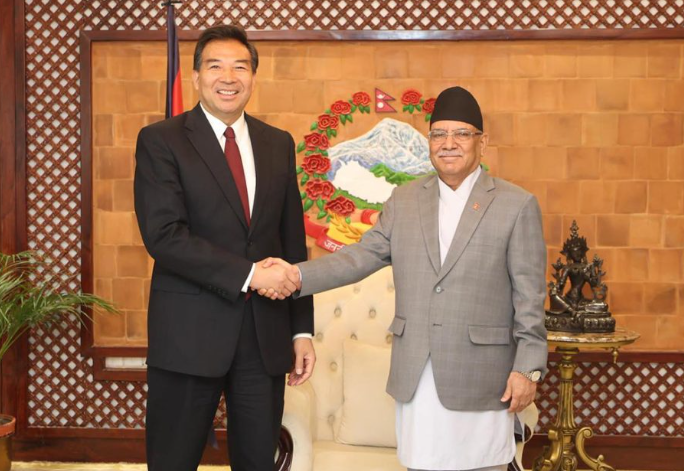

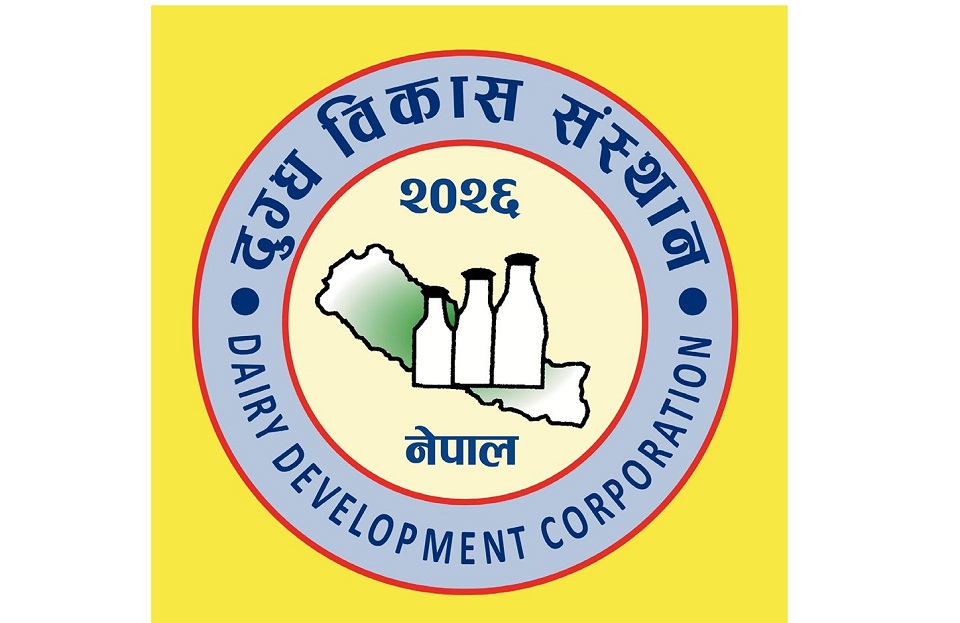

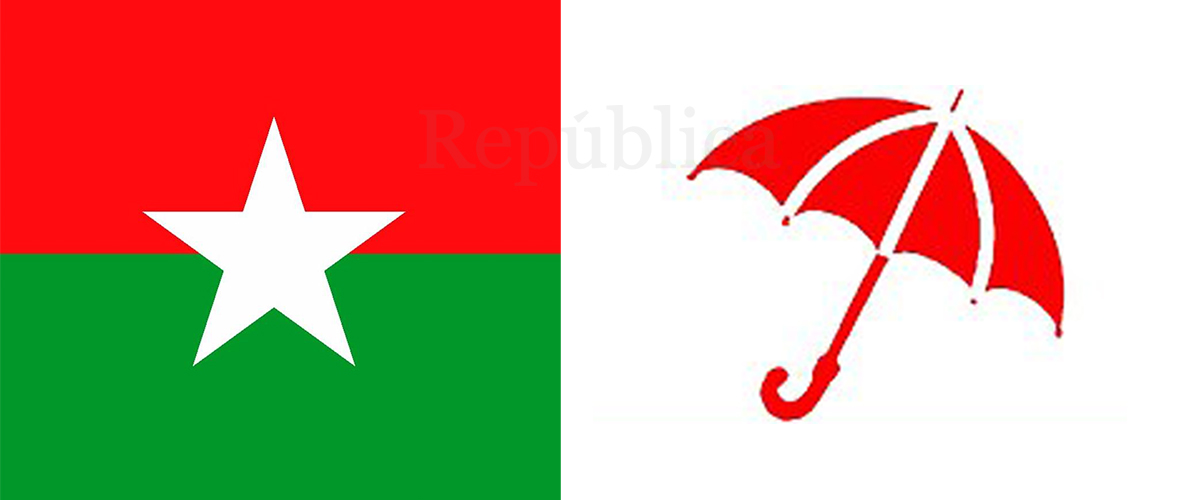
Just In
- PM Dahal, Chairman of CIDCA Zhaohui hold meeting
- MoFAGA transfers 8 under secretaries and 11 section officers (with list)
- PM Dahal arrives in Morang
- DDC pays Rs 480 million dues to farmers
- Police arrest seven Indian nationals with 1.5 kg gold and Rs 14.3 million cash
- Gold price increases by Rs 1,400 today
- Kathmandu continues to top the chart of world’s most polluted city
- JSP Central Executive Committee meeting today







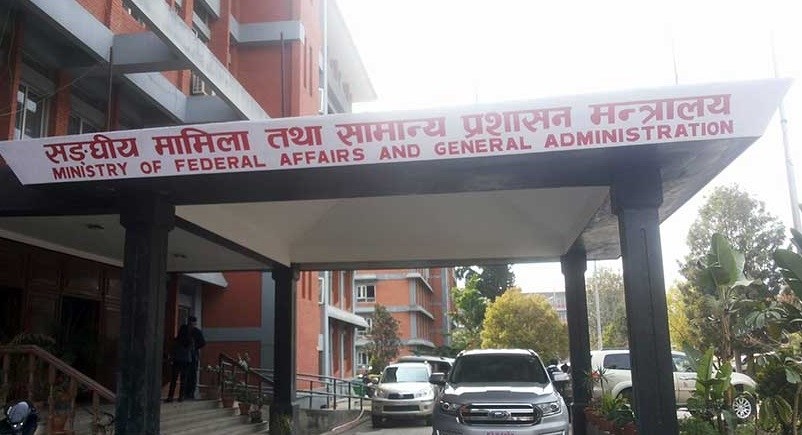


Leave A Comment